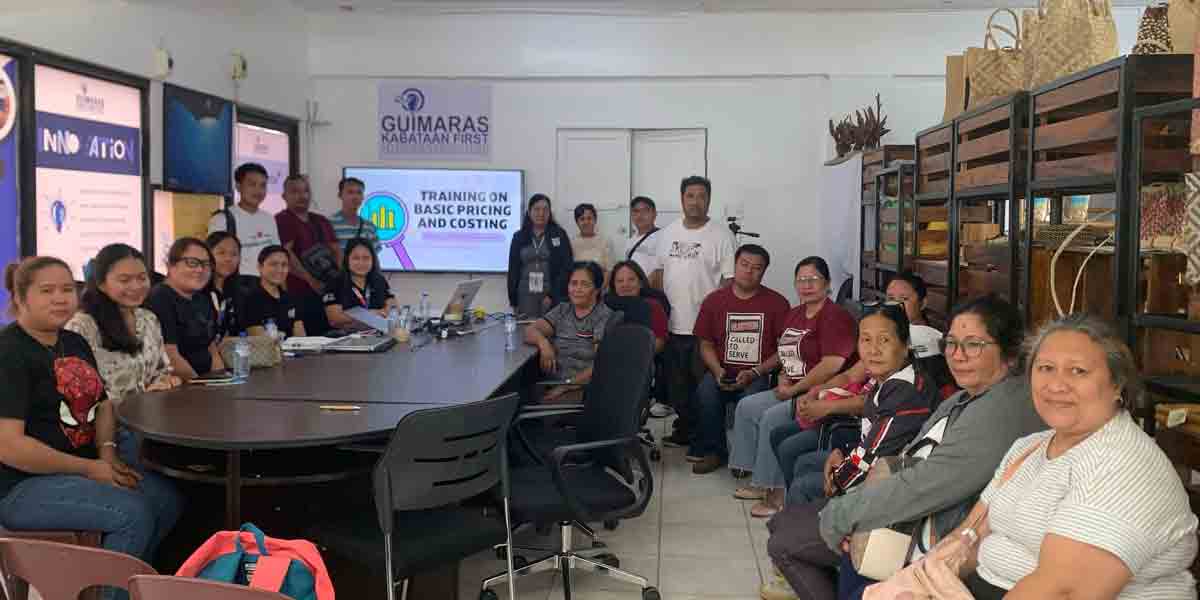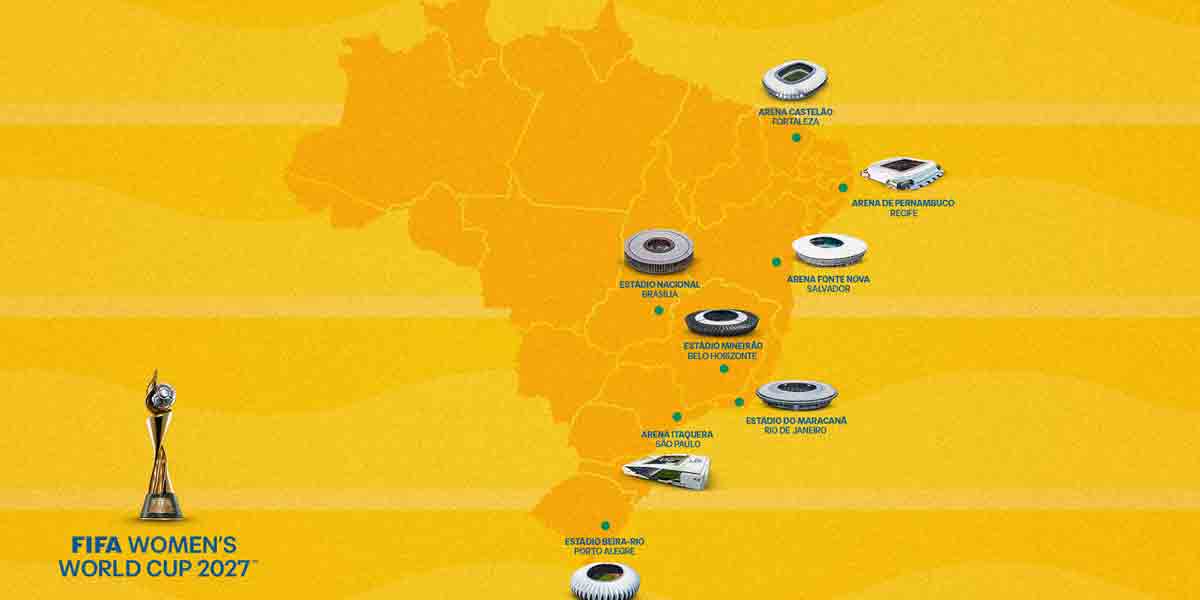By Alex P. Vidal
“Rice is great if you’re really hungry and want to eat two thousand of something.”—Mitch Hedberg
FOR decades, Filipinos have struggled to produce enough rice to feed our surging population even if the Philippines, a tropical country, is teeming with agricultural land with a climate suitable for growing rice.
It is quite the irony for a nation where rice is deeply ingrained in its culture, history and cuisine, lamented The Straight Times in an article on January 22, 2023.
Rice is an essential part of every Filipino meal, with families serving it for breakfast, lunch and dinner.
Traditional snacks are made from sticky rice, disclosed the Times, observed The Times.
It added that the crop is also associated with many Philippine rituals and customs.
Rice grains are thrown over newly-weds as they exit the church to symbolize a shower of blessings.
Here’s how The Times analyzed our rice problem:
When Filipinos move to a new home, superstition says they must bring a bag of rice with them so they would never go hungry.
Filipinos even have separate words for different forms of rice: palay for unmilled rice, bigas for milled rice and kanin for cooked rice.
The Philippines did become self-sufficient in rice in the 1970s to 1980s, allowing the country to export a small amount of rice. This was due to the Green Revolution program of former president Ferdinand Marcos Sr, the late strongman whose namesake and only son now leads the country.
The government had worked with the Philippines-based independent and non-profit International Rice Research Institute (Irri) to pioneer scientific research into high-yielding rice varieties and introduce new technology to boost farm production.
But things turned sour when Marcos Sr placed the country under martial law in 1972. Political tensions and a rice pest infestation in parts of the country later led to low supplies. Crops like corn, pineapple and coconut that were more profitable than rice were later prioritized for export.
-o0o-
Experts told The Times that we failed to sustain our rice self-sufficiency in succeeding years due to our failure to modernize the industry, the government’s faulty import policies, extreme weather events and a lack of support for farmers, who remain among the country’s poorest.
The Philippines’ current rice productivity is unable to keep up with the demand from its growing 112 million population, according to Nafees Meah, International Rice Research Institute (IRRI) South Asia representative.
The country, added Meah, has a geographic disadvantage as it is an archipelago. It does not have large, flat, alluvial plains like Thailand, Vietnam and Cambodia, which are among South-east Asia’s top rice exporters. Typhoons visit the Philippines multiple times a year, often flattening swathes of farmland.
Quoting latest available data from the Philippine Statistics Authority, The Times explained that the country’s self-sufficiency ratio for rice was 81.5 per cent in 2021, down by 3.5 percentage points from 2020.
“This means it had to import 18.5 per cent of the 17.946 million tonnes of its rice supply that year,” it disclosed.
The Philippines remains the largest rice importer in South-east Asia and is the second-largest global importer, according to the United States Department of Agriculture.
In 2023, The Times said the Philippines’ Department of Agriculture is expecting to import around 2.5 million tonnes of rice, same as its annual import average.
-o0o-
At the 2023 U.S.-ASEAN Summit in Jakarta, Indonesia, U.S. Vice President Kamala Harris joined with the leaders of ASEAN, including Philippine President Ferdinand “Bongbong” Marcos Jr., in announcing their intent to establish, through a public-private partnership, a U.S.-ASEAN Center in Washington, D.C.
To that end, the US Department of State announced it has established a public-private partnership with Arizona State University (ASU) to launch the Center.
The Center will reportedly further institutionalize and deepen the relationship between the United States and ASEAN (Association of Southeast Asian Nations) while bolstering support for U.S. economic and cultural engagement with Southeast Asia.
The US Department of State said since the establishment of their dialogue partnership in 1977, ASEAN and the United States have built extensive cooperation in various areas under the political-security, economy, and socio-cultural pillars.
The United States is reportedly the largest source of foreign direct investment in Southeast Asia, and more than 6,200 U.S. businesses have contributed to a record $520.3 billion in total trade between the United States and the nations of ASEAN in 2022, creating 625,000 jobs in all 50 states, and 1 million jobs throughout Southeast Asia.
The close partnership between ASEAN and the United States is also reflected in the increasing people-to-people engagements for our combined one billion people, as well as the growing number of students from ASEAN countries in the United States.
Center activities will be aimed at supporting the United States’ and ASEAN’s joint efforts to promote an open, connected, prosperous, resilient, and secure region.
The US Department of State said in a statement it is proud to partner with ASU for this important component of the U.S.-ASEAN Comprehensive Strategic Partnership (CSP).
ASU has a longstanding demonstrated commitment to academic programs and studies on issues in Southeast Asia and the broader Indo-Pacific region.
Further, with an academic presence in Washington, D.C.; Tempe, Arizona; Los Angeles, California; as well as throughout Southeast Asia, ASU is well-positioned to facilitate coordination with ASEAN, as well as with key private sector organizations and academic institutions across the ASEAN region.
(The author, who is now based in New York City, used to be the editor of two daily newspapers in Iloilo.—Ed)





















